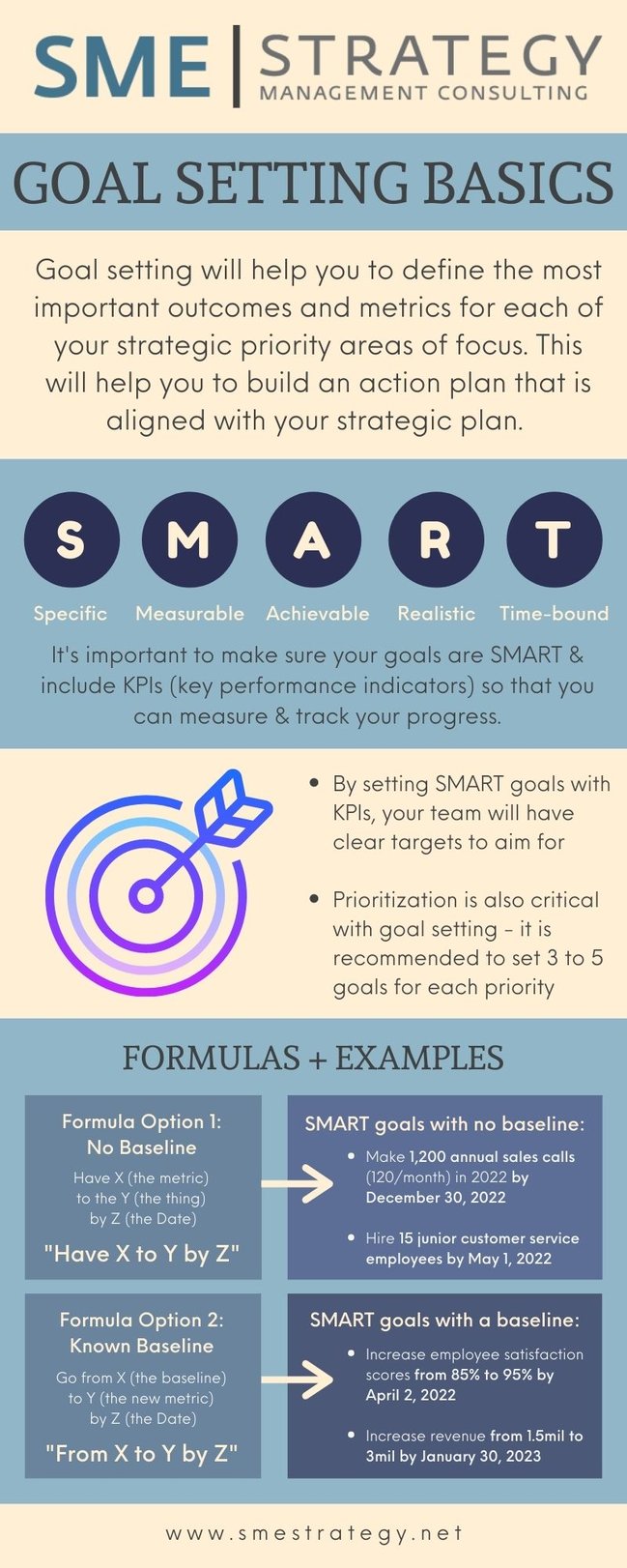Once you have created your strategic plan and have a clear vision of where you're going, you then need to figure out how to track and measure your success.
There are two types of measurements: qualitative and quantitative. Qualitative is measuring quality, while quantitative is being able to measure with numbers to see how close or how far you are to being successful: going from X (where you are now) to Y (where you want to be) by date. Adding a certain date makes a big difference in how much time and energy you need to put in to achieve success.
Aside from putting SMART goals in place, goal-setting with lagging and leading indicators will result in greater success.
1. Lagging Indicator
Lagging indicators are typically historical. They are outcomes of what you've done. They are easy to measure but difficult to improve or influence.
2. Leading Indicator
A leading indicator is something you can control, such as the number of sales calls, meetings, or incidents that you initiate. They are hard to measure but easy to improve or influence.

Goal-setting with Lagging and Leading Indicators
Create and execute your strategic plan successfully. Always use your goals to dictate your action items and not the other way around. You must have the target in mind first before you start doing actions to get there.
A mix of leading and lagging indicators will help you create a more robust strategic plan because your strategic priorities will have measurable goals. Tracking how much you have done and how much you need to do towards the execution of your strategic plan will become easier.
Are you developing your organization's strategic plan?
Learn how to lead the entire process, including goal setting:



